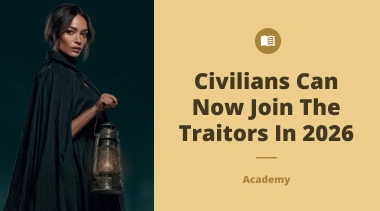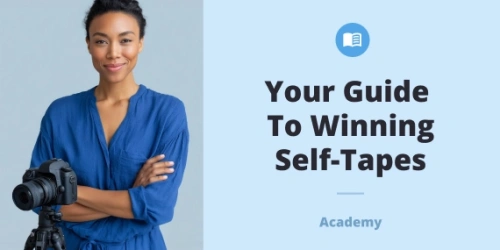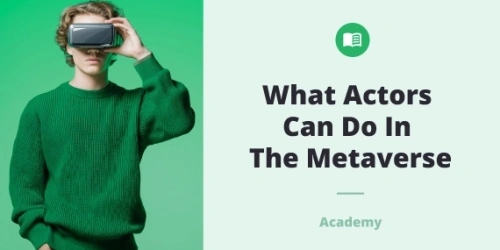UGC content creation and content creation, generally, has become a necessary service for brands and companies in their aim to post more on their many platforms; IG, TikTok, Facebook, and so on. This makes it a profitable venture for people who enjoy sharing information about products they’ve tested.
Lester B. Salvador, CEO and founder of Dottob.com, shares his insights on how to get into the world of UGC creation and some things he looks for when hiring UGC creators for brands.
What Is a Portfolio for Content Creators?
A content creator portfolio is a document, website, or profile that showcases all the work that the Content creator has done. It should majorly highlight the best work that the creator has done and should be personalized for the brand it is sent to, to align with their interest. For example, when applying to a beauty and wellness company, it’s a good idea to highlight any relevant experience(s) working in the niche. Nonetheless, if the Creator does not have any experience in Beauty and Wellness, they can still add other works that can be relevant to the brand. It’s mostly about the Creator’s ability to tell a story and show their personality.
The portfolio should be in an easily accessible place whether on a website or social media. Allcasting is a great platform for collating your reels, headshots, and other relevant information that companies might need to make their decision if they are casting.
What Should Be Included in a Ugc Creator Portfolio?
In the portfolio, there should be at least one video. If there are more videos, they should display the creator’s variety. For instance, even if the creator specializes in unboxing videos, the portfolio should not contain more than two to five unboxing videos.
The creator’s rates can be included in the portfolio but the creator has to ensure that this rate is a fair compensation for work done. There should also be the option for negotiating the rates in case the company already has set rates that may be higher.
What Makes a Good Ugc Portfolio?
Audition videos should be short, simple, and easy to understand. The audition video should be able to capture the viewer’s attention within the first couple of seconds. However, there are some instances when the creator may want to tell a story with the video, such as why they opted for the product, how it satisfied their needs, and why the audience may benefit from it. This kind of video can be longer. A healthy range for the video can be anywhere from 30 seconds—2 minutes.
The ability of the Content creator to record themselves properly is an important aspect of the job. An average modern phone can suffice as a camera and recording device. Natural light works best for lighting, the video should not be shot in a dark room, a ringlight and tripod may help but they are not a necessity.
The secret to creating the best example UGC videos is that the Creator should make the video like it is specially for a friend. Also, they should research the product, if they don’t already know much about it to ensure that they believe in the product, or better yet, they should find a product they already love and talk about it, the quality of the product, the results it provides, and so on. This makes the video more authentic.
Canva is a good app to use for editing videos when starting as a beginner content creator.
Step-by-step Guide
When reaching out to a client the first step is to create a good portfolio showcasing work experience, who the creator is, and what they do. There should also be a personalized message to the brand highlighting why the creator wants to work with them and what they can offer. Reaching out can be done through social media; Instagram, Facebook, YouTube, TikTok, and so on. The creator should also reach out through an Email if the brand has made their contact information public
The benefits of working with agencies include access to connections. Agencies typically have a bunch of connections at hand unlike freelance. The downside to working with agencies is that the Creator has less creative control over the videos.
Working as a freelancer with Brands allows you to work with the brands, the creator can communicate with them directly on what the company wants and how the Creator can deliver. Recently, brands have started to hire full-time in-house content creators to make the content creation process more seamless.
Achieving virality as a beginner content creator is difficult because there is almost no way to tell what is going to pop off—a simple unboxing video can become as viral as a wild video of someone jogging in Santa Monica in a costume filled with lobsters. Content creators should be more interested in creating unique content that can spark discourse and conversation. By consistently trying, refining, and iterating content, the content creator has a higher chance of achieving virality.
Go through social media to find the UGC videos of already-established creators. Platforms like allcasting can allow you to go through the demo reels of other creators as well.
Experience is not a compulsory criterion, ssentially, all that’s needed to begin a career as a UGC content creator is the ability to film oneself on camera and look good doing it. Content that was created years ago will not be quite as good as a more recent one which shows that with consistency and experience the creative will only get better.
Allcasting is a platform that can assist beginner content creators in their journey as it allows the creator to upload their portfolio but when looking for gigs, it gives the option to filter searches for gigs to options that are more specific to the Creator’s expertise.



